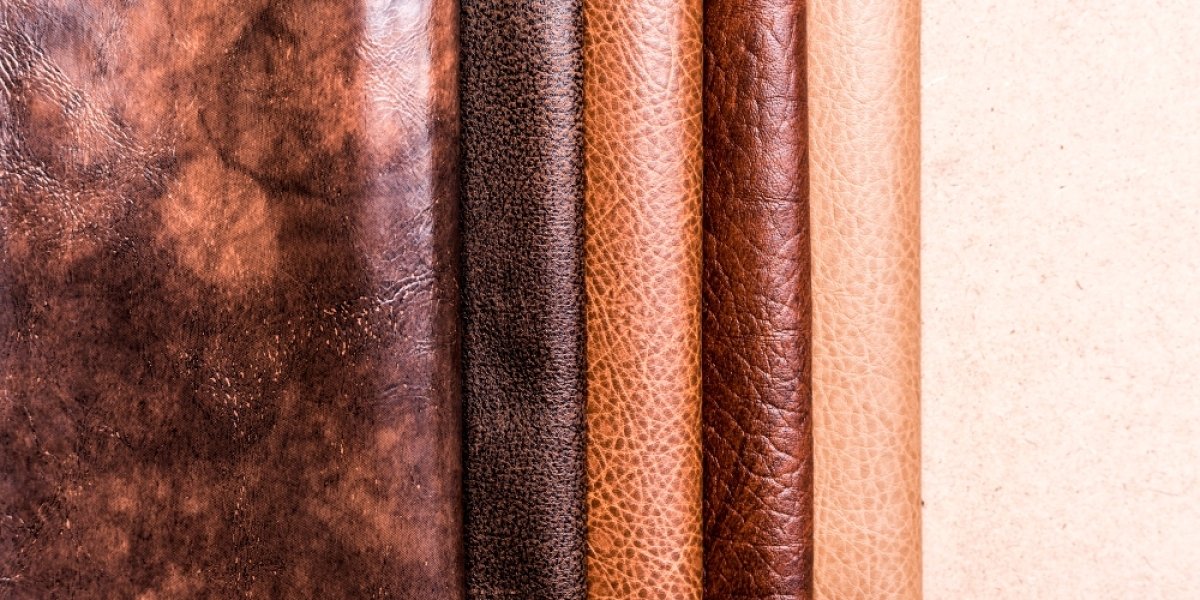How to Maintain Faux Leather Fabric for Durability in Yorkshire’s Climate
Yorkshire, with its picturesque landscapes and historic charm, is renowned for its unpredictable weather patterns. From the blustery coastal regions to the rolling hills inland, the county experiences a unique microclimate that can wreak havoc on delicate fabrics like faux leather. Navigating the extremes of temperature, humidity, and precipitation requires a thoughtful approach to care and maintenance.
As a Yorkshire resident myself, I’ve learned firsthand the importance of proactively protecting my faux leather furnishings and accessories. Whether it’s the chesterfield sofa in my living room or the stylish tote bag I carry to work, keeping these items looking their best in the face of Yorkshire’s temperamental conditions is an ongoing challenge.
Recognizing the Composition of Faux Leather
Faux Leather Fabric, also known as pleather or synthetic leather, is a popular alternative to traditional animal-derived leather. Crafted from a blend of polyurethane (PU) or polyvinyl chloride (PVC), faux leather offers a similar aesthetic to its natural counterpart, but with a more affordable price tag and a reduced environmental impact.
However, the very properties that make faux leather an attractive option also make it susceptible to the unique demands of Yorkshire’s climate. Unlike genuine leather, which can develop a rich patina over time, faux leather requires more diligent care to maintain its sleek, uniform appearance.
Preparing Faux Leather for Yorkshire’s Weather
Before delving into the specifics of faux leather maintenance, it’s crucial to understand the seasonal challenges faced in Yorkshire. The region’s notoriously unpredictable weather patterns can subject faux leather to a range of environmental stressors, from the biting cold of winter to the muggy humidity of summer.
To ensure your faux leather remains in pristine condition, begin by assessing the items in your home or wardrobe. Identify areas that may be particularly vulnerable to the elements, such as outdoor furniture or bags used for commuting. Invest in protective covers or cases to shield these items from direct exposure to the weather.
Cleaning and Conditioning Faux Leather
Regular cleaning is the foundation of maintaining the longevity and appearance of faux leather. Start by gently wiping down the surface with a soft, microfiber cloth to remove any surface dust or dirt. Avoid using harsh cleaning agents or scrubbing too vigorously, as this can damage the delicate PU or PVC coating.
For a more thorough clean, mix a mild, pH-neutral soap with warm water and use a soft-bristled brush to gently scrub the faux leather. Rinse the surface with a damp cloth, taking care not to oversaturate the material. Blot any excess moisture with a clean, dry towel.
Once the faux leather is clean, it’s essential to condition the surface. Invest in a dedicated faux leather conditioner or use a small amount of natural oil, such as jojoba or almond oil, to nourish and protect the material. Massage the conditioner into the surface using circular motions, ensuring even coverage.
Protecting Faux Leather from UV Exposure
One of the primary threats to faux leather in Yorkshire’s climate is prolonged exposure to ultraviolet (UV) rays. The region’s variable weather patterns can subject faux leather to intense sunlight, which can cause the material to fade, crack, or become brittle over time.
To safeguard your faux leather items, consider placing them in shaded areas or investing in UV-blocking window treatments. For outdoor furniture or accessories, look for covers or cases that offer UV protection. Additionally, you can apply a specialized UV-resistant sealant or spray to create an additional barrier against the sun’s damaging rays.
Addressing Moisture and Humidity Concerns
Yorkshire’s climate is notorious for its high humidity levels, particularly during the summer months. Excessive moisture can wreak havoc on faux leather, causing it to become sticky, discolored, or even develop mold or mildew.
To combat these issues, maintain a consistent indoor climate by using dehumidifiers or air conditioning units in areas where faux leather is present. When storing faux leather items, ensure they are kept in a cool, dry place, away from direct sources of moisture. Consider using silica gel packets or other desiccants to absorb any lingering humidity.
If your faux leather does become damp or exposed to moisture, act quickly to blot the surface and allow it to air dry completely. Avoid using heat sources, as this can further damage the material.
Preventing Damage from Extreme Temperatures
The dramatic temperature fluctuations in Yorkshire can also pose a threat to the integrity of faux leather. Extreme cold can cause the material to become stiff and brittle, while intense heat can lead to softening, warping, or even melting.
To safeguard your faux leather items, be mindful of the environments in which you store or use them. Avoid exposing faux leather to direct heat sources, such as fireplaces, radiators, or direct sunlight. During the winter months, consider storing faux leather in a climate-controlled space to prevent it from becoming overly rigid.
If your faux leather does become damaged by temperature extremes, act quickly to address the issue. Gently massage the material with a conditioner or softener to restore its flexibility and appearance.
Repairing Minor Damage to Faux Leather
Despite your best efforts, it’s inevitable that your faux leather items may experience some minor wear and tear over time. Scratches, scuffs, and small tears are common occurrences, especially in a region like Yorkshire where the weather can be particularly harsh.
To address these issues, invest in a high-quality faux leather repair kit. These kits typically include a color-matched filler, sealant, and applicator tools to help you seamlessly blend any imperfections. Follow the instructions carefully, taking your time to ensure a professional-looking result.
For more significant damage, such as large tears or extensive cracking, it’s best to consult a professional leather repair specialist. They have the expertise and specialized equipment to restore your faux leather items to their former glory.
Embracing the Patina of Faux Leather
While maintaining the pristine appearance of faux leather can be a challenge in Yorkshire’s climate, it’s important to remember that a certain degree of natural wear and tear can add character and charm to your items. As with genuine leather, faux leather can develop a unique patina over time, reflecting the story of its use and the environment in which it has been kept.
Rather than viewing minor imperfections as flaws, embrace the natural aging process and the way it enhances the overall aesthetic of your faux leather pieces. This approach not only allows you to enjoy the enduring beauty of your possessions but also reflects the unique charm of Yorkshire’s climate and the resilience of the materials you’ve chosen to surround yourself with.
Conclusion: Preserving the Elegance of Faux Leather in Yorkshire
Maintaining the durability and appearance of faux leather in Yorkshire’s climate requires a multi-faceted approach, but the rewards are well worth the effort. By understanding the composition of the material, recognizing the seasonal challenges, and implementing a comprehensive care regimen, you can ensure your faux leather items remain in pristine condition for years to come with the helping of Yorkshire Fabric Shop.
Whether you’re protecting a cherished piece of furniture or a beloved accessory, the strategies outlined in this article will empower you to navigate Yorkshire’s unpredictable weather patterns with confidence. Embrace the natural patina that develops over time, and take pride in the resilience of your faux leather possessions – a true testament to the enduring elegance of this versatile material in the face of Yorkshire’s unique climate.
Also read: Effective Amazon Account Management: A Guide to Enhanced Customer Satisfaction






